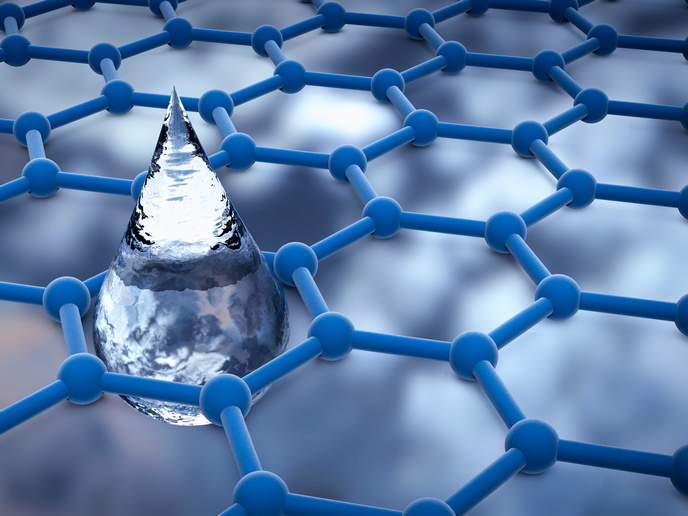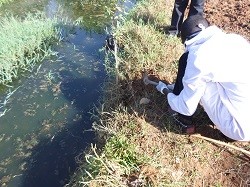Destroying forever chemicals with nanostructured materials
In early 2023, the European Chemicals Agency(opens in new window) published a ban proposal on all perfluorinated and polyfluorinated alkyl substances (PFASs), also known as ‘forever chemicals’. Unfortunately, such a ban does nothing in terms of the more than 17 000 sites across Europe that remain contaminated by such chemicals. According to the European Environment Agency(opens in new window), if ingested, PFASs can lead to such health problems as liver damage, thyroid disease, obesity, fertility issues and cancer. “The reason PFASs are called forever chemicals is that they are extremely persistent in both the environment and our bodies,” says Jelena Radjenovic, a professor at the Catalan Institute for Water Research(opens in new window). However, thanks to the work being done by the EU-funded ELECTRON4WATER(opens in new window) project, PFASs may have finally met their match. “This project aimed to develop new nanostructured materials that, when used as electrodes in electrochemical water treatment systems, can help destroy persistent and toxic organic micropollutants,” adds Radjenovic, who coordinated the project.
The advantages of electrochemical water treatment systems
According to Radjenovic, electrochemical water treatment systems aren’t new. “These systems have numerous advantages compared to other advanced treatment technologies,” she explains. “For instance, they don’t use chemical reagents, they don’t form a residual waste stream, and they are robust and versatile.” Most importantly, they can degrade even the most persistent PFAS just by applying a current. So, why aren’t such systems being deployed to eradicate these chemicals from our water systems? “The application of electrochemical water treatment systems at scale has been hampered by the technological limitations of existing electrode materials,” remarks Radjenovic.
A new kind of nanomaterial
This is where the ELECTRON4WATER project’s nanostructured materials come into play. Using nanotechnology, the project, which received support from the European Research Council(opens in new window), has invented graphene sponge electrodes – the first anode material with demonstrated electrochemical inertness to chloride that can still degrade PFASs. “This game-changing material circumvents two major electrochemical technology bottlenecks, namely, the formation of toxic chlorinated by-products in the presence of chloride and the high price of commercial anodes,” notes Radjenovic. As to the latter, the project’s graphene sponge electrodes cost less than EUR 50 per m2, compared to the EUR 3 000 – 5 000 price tag of many commercial anodes.
The next generation of electrochemical water treatment starts here
Thanks to their large surface area, tunable properties and quantum nature, the engineered nanomaterials developed during the ELECTRON4WATER project have the potential to empower the next generation of electrochemical water treatment systems. “I am proud to have helped deliver something truly new to the field of environmental engineering, as we have at our hands what will hopefully become one of the platform technologies for the destruction of the so-called forever chemicals,” says Radjenovic. Researchers are currently finishing the last studies derived from the project. They are also focused on building a prototype to demonstrate the new material’s ability to destroy PFASs in both complex waste streams and simpler matrices such as tap water. This work is being done within the scope of the EU-funded GRAPHEC project. “The end goal is to be able to answer several questions related to longer-term technology evaluation that are often raised by our industrial collaborators and to spin out the technology and see it applied for PFAS destruction and the treatment of contaminated water,” concludes Radjenovic.







